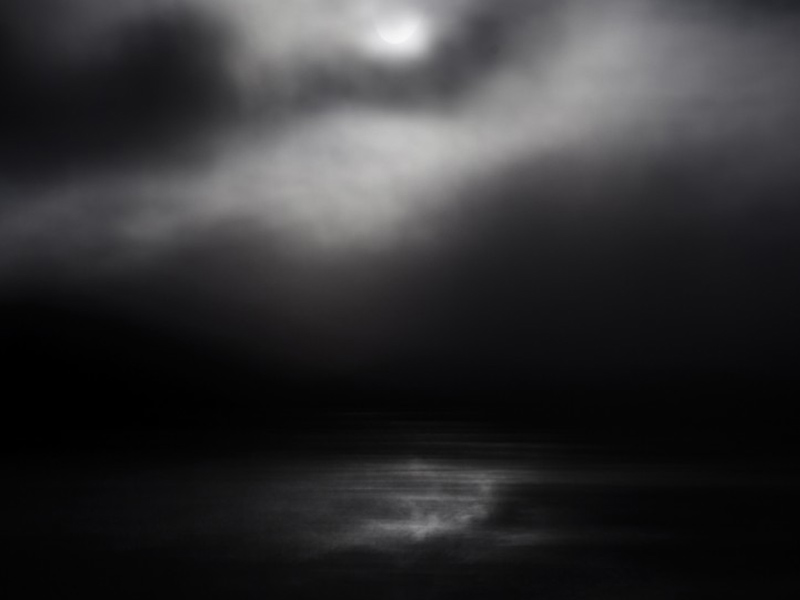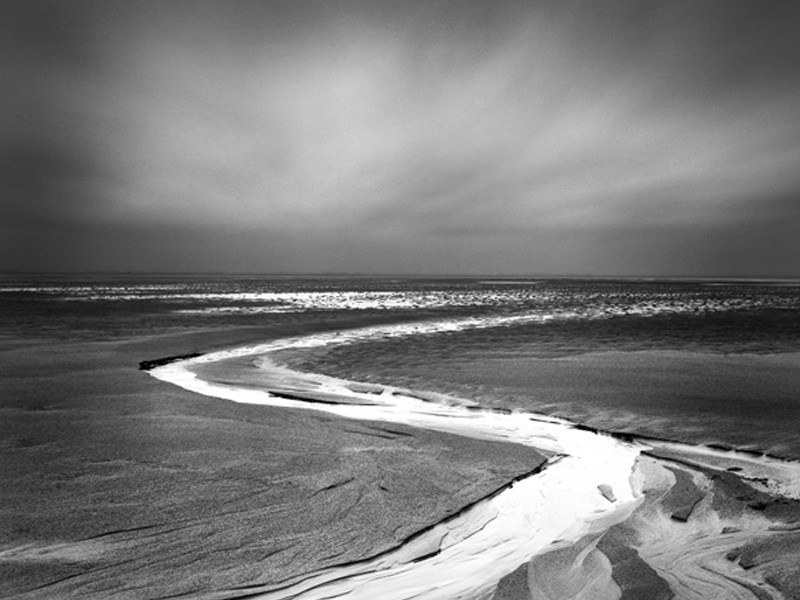
I have been to Gainsborough today to hang my new solo exhibition entitled, “Dark Light”
It is being hosted at the Trinity Arts Centre in Gainsborough and is an exhibition of monochrome photographs. The Arts Centre is a council run location dedicated to the promotion of the arts in North Lincolnshire. The gallery space doubles as a mingling and bar area outside the main theatre and so is ideally placed for people visiting for performances to browse the images. If you happen to live in or near Gainsborough I would love you to pop in and take a look, but please don’t make a special journey.
The exhibition consists of 16 images (it was planned for 22, but the gallery didn’t have enough hanging clips to put all of the images up, requiring an on the spot rejigging of my hanging plan – the joys of exhibiting!). Here are a few iPhone images from the venue to give you a feel for what it is like.
Here is a quick montage of some of the images on display
If you would like to go and see the exhibition, the gallery is free of charge. Opening times are;
Monday – Closed
Tuesday – Closed
Wednesday – 10.30 – 3.30
Thursday – 10.30 – 3.30
Friday 10.30 – 3.30
Saturday – 9.30 – 2.30
Sunday – Closed
The gallery is also open for performances – see the Trinity Arts Centre web site or Facebook page for details.
The address is
Trinity Arts Centre
Trinity Street
Gainsborough
DN21 2AL
(There is a car park (free) at the back of the centre but its a bit tricky to find. Drive past the centre on your right and go a few more yards to the roundabout where the big Tescos is and turn right. The road bends around to the right as you go around the corner you will see a row of terraced houses ahead on your right. Immediately after them is the entrance to the car park).
If you ever get the chance to hold your own exhibition, what do you need to know?
The first thing is, don’t expect to make a lot of money from sales. Its a sad fact in the UK that most people don’t value photography as art and as a result are very reluctant to put their hands in their pockets to buy images. If you have tried selling prints from your website you have perhaps realised this. True, some do make a good amount of money from print sales but this is usually because they are a big name and their images are of the very finest available or their name alone makes the images collectable. In fact, expect to make a loss if you hold an exhibition. The costs to hold one are high. For a start, many galleries charge you a fee to exhibit, whether you sell or not. They also take a commission on any sales and this can be from 25% to 60% of the sale price. Now factor in your printing costs (whether home printed or outsourced), framing costs and your time getting it all printed and framed. You also have to make labels for each image (mounted on foamex board) as well as writing an artists statement, designing a poster and producing a price list. You have to drive to the venue and spend a few hours hanging the exhibition on your own, the gallery rarely help in this. Then drive home, perhaps drive back for an open evening (for which you provide drinks and nibbles) and drive home again. Then at the end of the exhibition drive back and take it all down and drive home again! You can see why it is difficult to make a true profit if you factor in all of the costs.
Before you exhibit you need to be clear about what the gallery provides and what they expect you to provide. Some of the better ones will provide the drinks and nibbles, for example. Most won’t. Many expect you to provide all of the packaging for any items sold. if people buy prints or framed prints you will probably be responsible for posting them to the buyers unless the buyer is willing to return to collect them.
You need to be clear on insurance. Some galleries provide a certain amount of insurance cover if works are stolen or damaged. Will this cover your work. If they don’t provide cover, you lose if anything happens to a picture or pictures.
Be clear with the gallery too, on what advertising they do for you. Do they have a website and will they use it to promote your exhibition? Do they use Twitter, Facebook etc. Do they have an emailing list and will they use it to mail their clientele? In reality, many galleries are poor at advertising on your behalf. They leave it all to you, so what is your ‘reach’ as regards advertising? Are you on social networking sites and if so are you suing them to promote the exhibition? Do you blog, use Twitter and have a mailing list? If not, who is going to know about the exhibition apart from your close friends? Do you have the gumption to ring the local newspaper and see if they will run a piece for you? Are you up for contacting the photography magazines to see if they will list your exhibition? This is all additional time you need to spend to make the exhibition a success while remembering you are still unlikely to sell any or many prints!
In smaller local exhibitions you are more likely to make sales if your images are of local scenes. Also seasonal scenes sell better, so if the bluebells are out bluebell images sell better, for example. More ‘arty’ and creative work has a lower chance of selling because it will appeal to a smaller audience, however will, perhaps, command a higher price.
This leads us to the age old question of what to charge. You can approach this one of two ways. Most people add up the cost of the paper, ink, frame and so on and then add a bit on top. This is called ‘cost plus’ pricing. If your frame, print etc costs you £25 and you charge £50 it sounds like a good 100% profit. But remember, the gallery will take a huge slice and you are unlikely to have factored in the true costs I have listed above. In reality, if you are charging any less than £100 or more you are making a crushing loss IN REALITY, whatever you are fooling yourself into thinking. The second method of pricing, is to view your work as art. This takes courage and also lessens your chances of selling anything! Here, you think less of the costs involved and place a figure on your work based on the fact you feel it has, and will increase in, value. You are thinking more like a painter or sculptor. So you may value prints at £250 or whatever. This is a brave photographer who takes this approach as sales become even further apart. Ask yourself, would you spend £100, £200 or more on a framed print from a photographer you have never heard of who is relatively low profile? No? Neither will they. Why? Because they think they can go to Ikea and get a very nice framed print for £20 and then when they redecorate they take it to a charity shop or car boot sale and buy another that fits with the new decor. The English do not value photographs as art in the way the Americans do.
So this all sounds very pessimistic. Why on earth exhibit? Good question. If you are in it just to make money, don’t. However, if you want to invest in your profile or want the world to see what you create and are prepared to take criticism as well as plaudits, it is a lovely thing to do. It does bring kudos and respect from fellow photographers. It is also a starting point. I am sure Charlie Waite, Joe Cornish & Michael Kenna went through these early loss making exhibitions. But because they were prepared to put themselves out there and make the investment in time and money gradually, and because they have real talent, they became more successful. Now Joe has his own, amazing, gallery (one of the few UK photographers who make a success of this) and images by photographers such as Charlie and Joe command good prices and have become collectable in their own right – they have broken the glass ceiling so it can be done. One day someone who runs a ‘better’ gallery may walk in and be impressed with your work and offer to represent you long term (this is the route Michael Kenna has taken – working with galleries for years who display and sell his images all year around as well as holding solo exhibitions on top of these). A publisher may see your work and ask you to do a book. A print manufacturer might be scouting for talent. If we don’t promote ourselves, even at a loss, we will never know. If we really want to make something of our images then we should view an exhibition as an investment in ourselves and go in with our eyes open. This saves us from disappointment.
I hope this helps you if you are considering exhibiting. I am not trying to dissuade you at all. I just want you to know what it is really like. If you accept this it can be a very fulfilling and positive experience and if we make some money too, so much the better.
And to finish, heres another image you can see at the exhibition.
















